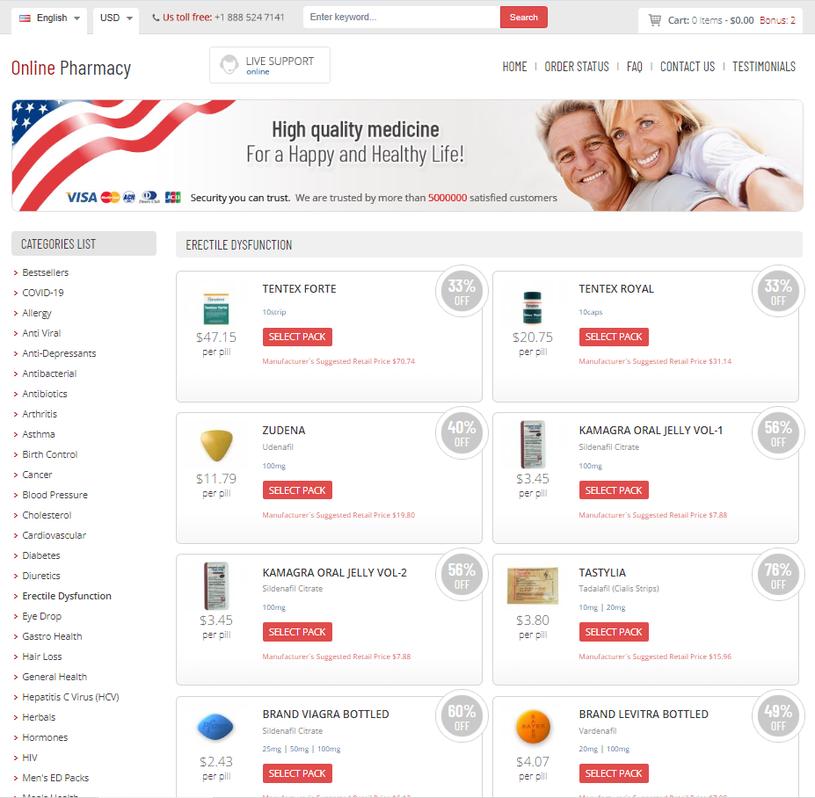Order Celexa Without Prescription. Visit Our Pharmacy ↓

Celexa Review: A Doctor’s Guide to Effective Anxiety and Depression Treatment
Introduction
Depression and anxiety can feel like an endless battle, leaving you exhausted, overwhelmed, and unsure where to turn. If you've been struggling with persistent low mood, excessive worry, or lack of motivation, you're not alone—and there *is* hope. As a physician, I often prescribe Celexa (citalopram), a trusted SSRI (selective serotonin reuptake inhibitor), to help patients regain control of their mental health.
This review will guide you through why Celexa could be the right choice for you, how it works, what to expect, and how to maximize its benefits. By the end, you’ll understand why so many patients—and doctors—trust this medication as a key part of their mental wellness journey.
Understanding Celexa: How It Can Change Your Life (H2)
What Is Celexa? (H3)
Celexa (generic name: citalopram) is an FDA-approved SSRI primarily used to treat:
- Major depressive disorder (MDD)
- Generalized anxiety disorder (GAD)
- Panic disorder
- OCD (off-label use)
Unlike older antidepressants, Celexa specifically targets serotonin, a key brain chemical that regulates mood, sleep, and emotional stability. By increasing serotonin availability, it helps restore balance, easing symptoms of depression and anxiety.
Why Choose Celexa Over Other SSRIs? (H3)
There are several SSRIs on the market (like Prozac, Zoloft, Lexapro), but Celexa stands out because:
✅ Highly effective for both depression and anxiety
✅ Fewer drug interactions (compared to Paxil or Prozac)
✅ Generally well-tolerated with manageable side effects
✅ Lower risk of weight gain (unlike some other SSRIs)
If you’ve struggled with other medications, Celexa could be the gentler yet powerful alternative you’ve been searching for.
Finding Celexa: The Decision to Start Medication (H2)
Is Celexa Right for You? (H3)
You might be asking:
- *"Do I really need medication?"*
- *"Will it change my personality?"*
- *"What if the side effects are unbearable?"*
These concerns are completely normal. Here’s what you should consider:
🔹 If therapy alone isn’t enough, medication can provide the extra support your brain needs.
🔹 Celexa doesn’t alter who you are—it helps *you* feel like *yourself* again.
🔹 Side effects are usually temporary, and we can adjust dosing to minimize discomfort.
Navigating the Journey Towards Mental Wellness (H3)
Starting an SSRI is a step toward reclaiming your life. Here’s what to expect:
1. First 1-2 Weeks: Some initial side effects (discussed below), but many patients report early improvements in sleep and anxiety.
2. Weeks 3-4: Mood begins to stabilize—you may notice more energy, fewer negative thoughts.
3. 6-8 Weeks: Full therapeutic effects kick in. Many patients say: *"I wish I’d started sooner."*
This gradual process is normal. Patience is key—but the payoff is worth it.
Common Side Effects of Celexa for Anxiety Patients (H2)
What to Expect When Starting Celexa (H3)
Most side effects are mild and temporary, including:
- Nausea (usually fades within a week)
- Dry mouth (staying hydrated helps)
- Mild drowsiness or insomnia (adjusting dosing time often helps)
- Headaches (typically short-lived)
Serious side effects are rare, but always consult your doctor if you experience:
❌ Worsening depression or suicidal thoughts (especially in young adults)
❌ Irregular heartbeat (Celexa can affect QT interval in high doses)
How to Minimize Side Effects (H3)
✔ Take with food to reduce nausea
✔ Start with a low dose (10 mg) and increase gradually
✔ Stay consistent—missed doses can cause withdrawal-like symptoms
Most patients find that side effects subside within 2-4 weeks as their body adjusts.
Maximizing Celexa’s Benefits: Lifestyle Tips (H2)
Nourishing Your Body with Balanced Nutrition (H3)
While Celexa works on brain chemistry, your daily habits matter too:
- Eat serotonin-boosting foods: Eggs, nuts, salmon, and leafy greens support brain health.
- Limit alcohol—it can worsen depression and interfere with medication.
- Stay hydrated to combat dry mouth and fatigue.
Combining Celexa with Therapy & Exercise (H3)
- Therapy (CBT) + Celexa = Best Results
- Regular exercise (even walking) enhances mood by boosting endorphins.
Think of Celexa as one tool in your wellness toolkit—supporting you while you build healthier habits.
How Celexa Compares to Other SSRIs: Mechanisms & Benefits (H2)
Other SSRIs Mechanisms (H3)
While all SSRIs increase serotonin, they differ in:
- Half-life: Celexa’s is moderate (shorter than Prozac, longer than Zoloft).
- Selectivity: Celexa is highly selective for serotonin, leading to fewer side effects than Paxil (which also affects norepinephrine).
- Dosing simplicity: Once daily, no complicated tapering needed (unlike Effexor, an SNRI).
Why Doctors Trust Celexa (H3)
- Well-studied and reliable
- Lower risk of emotional blunting (a concern with some SSRIs)
- Suitable for long-term use with regular monitoring
Conclusion: Is Celexa the Right Choice for You? (H2)
If you're tired of feeling stuck in anxiety or depression, Celexa could be the breakthrough you need. It’s safe, effective, and trusted by doctors worldwide.
💊 Your next step?
Consult your physician about whether Celexa fits your needs. Many patients find that within weeks, life feels brighter, calmer, and more manageable—and you deserve that relief.
You don’t have to keep struggling. Celexa can help.
*(Note: Always follow your doctor's prescription and guidance. This article is for informational purposes and does not replace professional medical advice.)*
Call to Action
🔹 Talk to your doctor today about Celexa.
🔹 Share this article with someone who might benefit.
🔹 Leave a comment—have you tried Celexa? What was your experience?
Your journey to mental wellness starts now. Let Celexa help you get there.